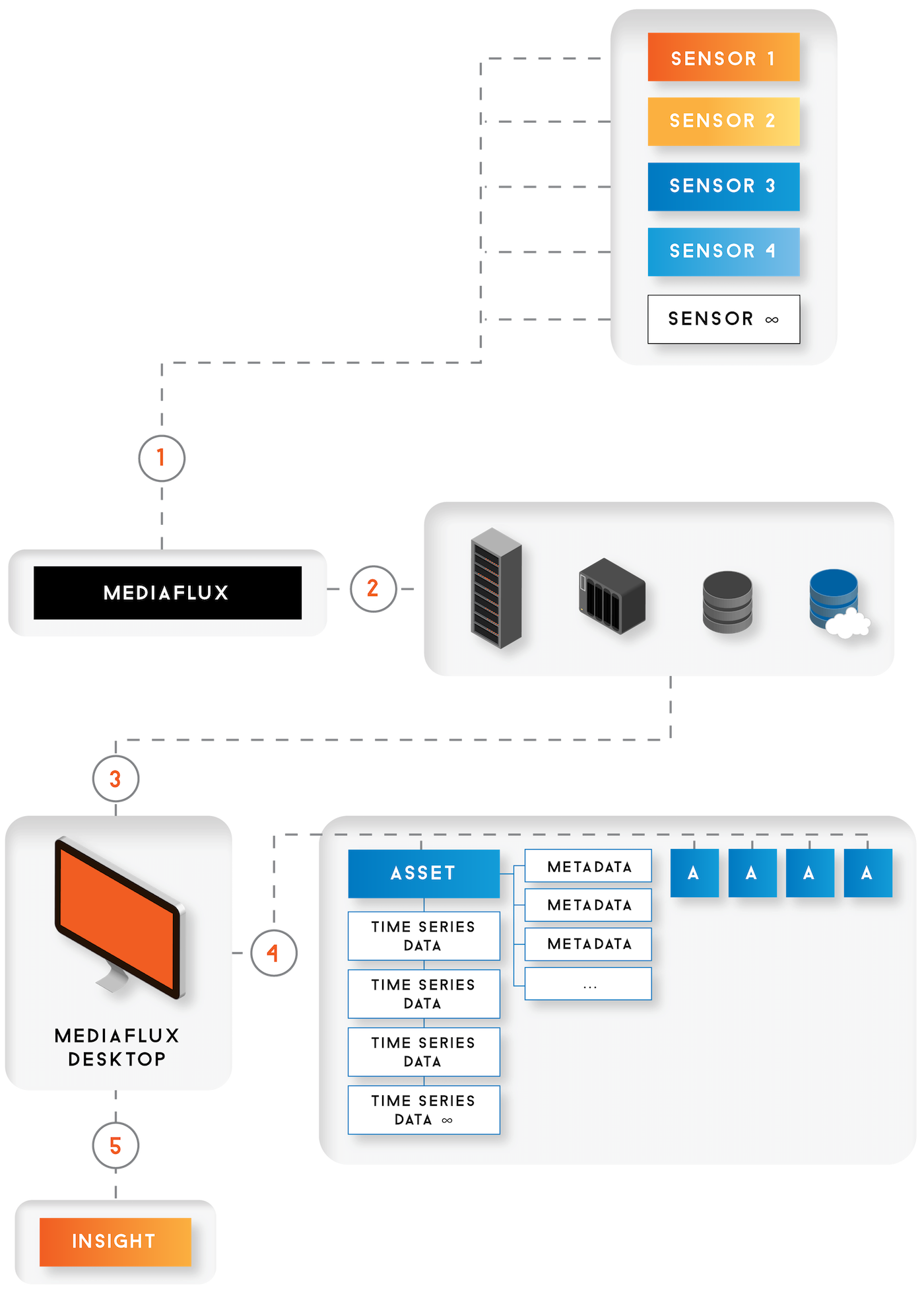The Internet of Things (IoT) is using billions of sensors and devices to collect highly specific time series data, and for that, you need a time series database.
Time series data requires massive ingestion rates and the ability to query data across time and geographical location to understand trends and insights from the data.
Mediaflux is designed specifically to ingest, store and run statistical analysis for large sets of timestamped data – simply, efficiently and at scale – from right inside the platform.

